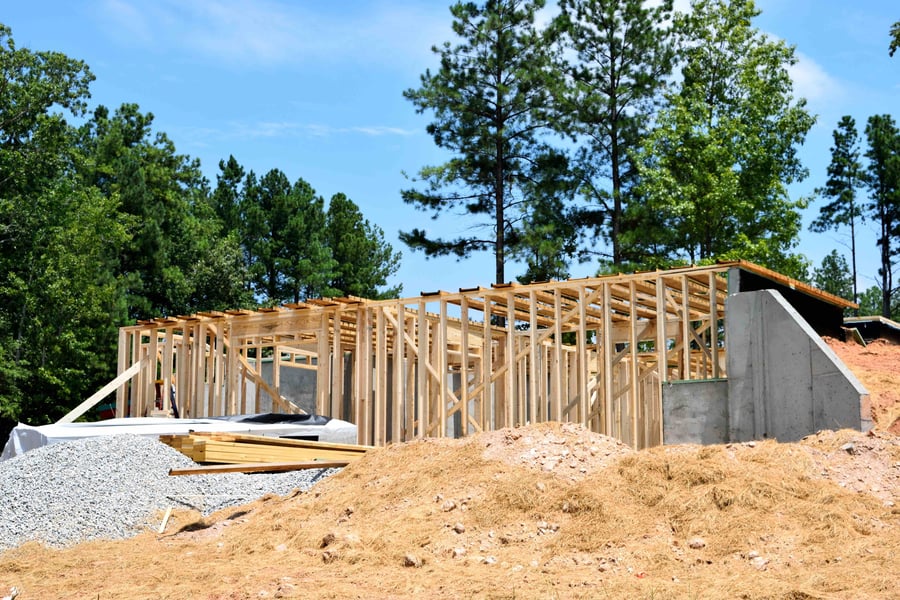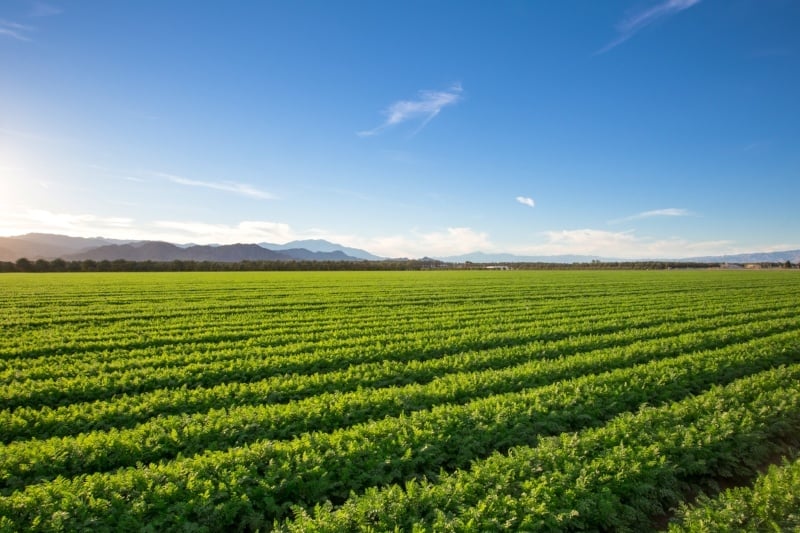Reducing Water Waste with Soil Moisture Meters

Almost regardless of the specific crop being grown, farmers go through enormous amounts of water each year. In fact, according to data cited by the U.S. Geological Survey (USGS), “about 70 percent of all the world’s freshwater withdrawals go towards irrigation uses.” Also, unlike private or industrial water use, which has a 90 percent reusability rate, “of the water used for irrigation, only about one-half is reusable.”
Water conservation is a major issue for farmers, who are often under severe pressure to avoid wasting water—especially during times of drought, such as what California farmers faced not too long ago.
So, how can farmers reduce their water waste from crop irrigation? One way is to use special soil moisture meters.
The Trouble with Measuring Moisture Content in Soil
It’s a well-known fact among agricultural experts that it doesn’t usually matter how much moisture is in the soil—it’s how much water is available to plant roots from the soil that determines the viability of the crop. This is an important distinction that many non-farmers are not aware of.
If there is too much water in the soil for plants to absorb, then it will evaporate and go to waste. Too little water, however, and plants can dry out or die—wasting all of the time, effort, and resources that went into growing that crop.
So, many farmers have to carefully monitor their irrigation efforts—making sure there’s enough water available in the soil to keep plants healthy, but not so much that water goes to waste. However, it’s hard to accurately estimate the current available moisture content of the soil without specialized tools.
This is where soil moisture meters with gypsum sensor blocks become useful.
How Soil Meters Work
With a soil moisture meter (such as Delmhorst’s KS-D1 meter), it is possible to determine the moisture content available in the soil that plants can draw on. The gypsum blocks used by these moisture meters absorb moisture from the surrounding soil, which lets farmers know how much moisture will be available to their crops.
If standard metal probes were used instead, farmers would only have a reading of the soil’s moisture content—not the moisture content their plants could draw from it. Also, because there are so many variables in soil, it’s effectively impossible to create a “soil scale” for moisture meters. Using gypsum blocks bypasses these limitations and gives farmers data they can use.
Installing Soil Meter Sensor Blocks
Unlike some other crop-specific moisture meters, soil moisture meters require some preparation work to use. The sensor blocks must be installed at each testing station, and at a depth appropriate to the active root zone of the crop being irrigated.
The process begins with using a 1” soil auger to dig two holes at each station, one at a shallow depth and another at a deep one. The following chart details the appropriate depths:
|
Soil depth or active root zone (in inches) |
Shallow block depth (in inches) |
Deep block depth (in inches) |
|
18 |
8 |
12 |
|
24 |
12 |
18 |
|
36 |
12 |
24 |
|
48 |
18 |
36 |
After digging the holes, make a soil and water slurry and put 1-2 tablespoons of it down each hole. Push the gypsum block down the hole and backfill it. Then, fasten the electrodes to a stake to keep them clean and easy to find later—some farmers add a colored tag or other identifier to let them know which lead goes to the shallow block and which one goes to the deep block.
What Reading Indicates Irrigation is Needed?
To determine whether a moisture measurement indicates more irrigation is needed, or if irrigation is unnecessary, it’s important to consult the owner’s manual for the soil meter being used and to take into account what kind of soil the field consists of.
This is because finely-textured clay soils can store more water than coarsely-textured, sandy soils. Loamy soils typically fall in between clay and sandy soil. How does this affect your irrigation efforts?
In the case of the KS-D1, a reading of 81 would mean that fine (clay) soil would require no irrigation, while medium (loamy) soil would need some irrigation, and coarse (sandy) soil would be near the danger zone for insufficient moisture. Here’s the chart for reference:
|
Soil Type |
No Irrigation Required |
Irrigation to Be Applied |
Danger Zone! Insufficient Soil Moisture |
|
Fine |
80 – 100 |
60 – 80 |
Below 60 |
|
Medium |
88 – 100 |
70 – 88 |
Below 70 |
|
Coarse |
90 – 100 |
80 – 90 |
Below 80 |
It is important to note that this is just a general guideline, since many farms will have soil that falls somewhere on a gradient between the three broad categories of soil listed above.
With practice over time, a farmer will be able to get a feel for how their soil meter readings correlate to the irrigation needs of their soil with greater accuracy, and how much their particular irrigation method changes the available water in the soil.
How This Helps Save Water
By tracking how much moisture is available to plants in the soil, a soil moisture meter with gypsum blocks helps farmers optimize their irrigation routines. If the readings of soil moisture indicate that the soil is already near full saturation for water, then the farmer will know that they can scale back how much water they use for irrigation.
On the other hand, the farmer knows that if available moisture slips into the danger zone, then they need to increase their irrigation efforts right away—helping to prevent crop loss from dehydration.
Overall, soil moisture meters simply make finding out how much moisture is available to your crops much easier. Learn more about using a moisture meter for soil, and for specific crops, by contacting Delmhorst today!
Subscribe to Our Blog
Post Related

Verifying Building Inspections with Wood Moisture Meters


